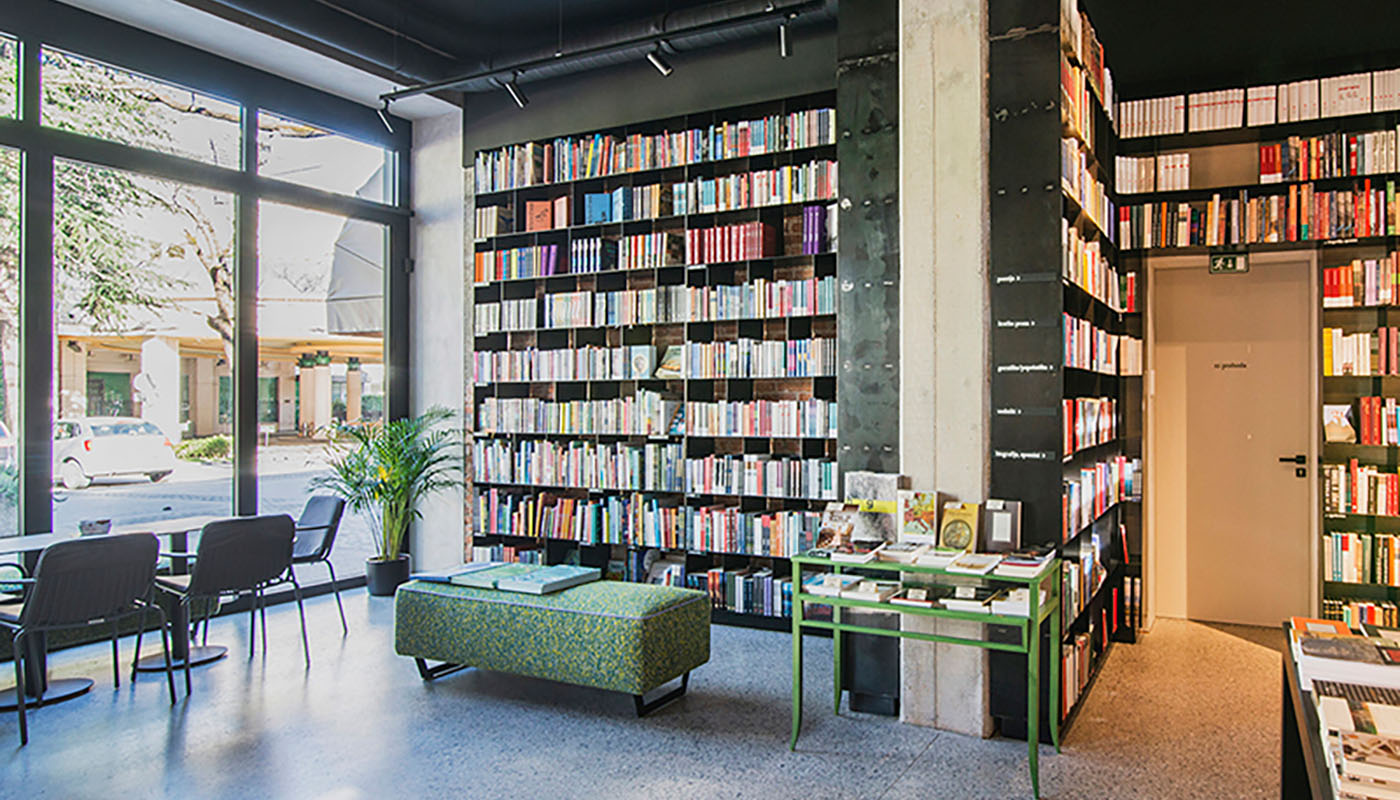
GORICI NEWS
by EDITORIAL STAFF
The dual Gorici unites in a single word the two urban realities, that of Nova Gorica and that of Gorizia, together European Capital of Culture.
There are many new books that have been presented from the spring of 2024 to the current one. Recalling some “historical” guides of Gorizia and its surroundings, such as the excellent proposals of Dario Stasi (2012), Lucia Pillon (LEG 2012), Valentina Bassanese (Odos 2017) and Vanni Feresin (Centro San Ricci 2019), Attilia Colombo (Centro San Rocco 2021), we apologize in advance for the inevitable oversights that may be resolved in a future issue of the magazine. Important are the collective texts on the history and art of Nova Gorica, published by Goriški muzej and Kulturni dom Nova Gorica ( Na začetku je bila črta, 2017) and Založba ZRC (Umetnost na stičišču kultur mestna občina Nova Gorica, 2019). Monumental are the contributions of personalities of scholars and writers such as Sergio Tavano, Celso Macor, Tomaž Vuga, Branko Marušič and many others. Not to be forgotten, as they are not devoid of prophetic inspiration, is the text Border town. Conversations about the future of Gorizia and Nova Gorica (Nuova Dimensione – Ediciclo 1994) and Trust across borders. Darko Bratina’s vision between society and politics (Kinoatelje, 2017).
But in the last year there has been a real boom in publishing in Gorizia.
We can start with the “triptych”, recently presented at the Kulturni dom in Gorizia. Giustina Selvelli, with her Understanding Gorizia, offers an in-depth sociological vision of the territory, made particularly compelling by the story of his personal life experience. Alessandro Cattunar brings his excellent contribution with History of a white line, one of the most complete, scientifically indisputable and literarily appreciable analyses of the period relating to the Treaty of Paris of 1947 with its consequences. Andrea Bellavite proposes eight itineraries to get to know the European Capital of Culture from the inside. His text was published simultaneously in Italian ( Gorizia Nova Gorica, two cities in one, Ediciclo 2024) and in Slovenian (Gorizia Nova Gorica, povezani mesti, ZTT 2024). Recently it has also been published in English (Gorizia Nova Gorica, two cities in one, Ediciclo/ZTT 2025).
An irreplaceable contribution, one of those to always keep at hand in your personal library, is that of a group of local architects. The title is Gorizia Nova Gorica, Architecture and Urban Planning of the Twentieth Century/Architektura in urbanizem 20. Stoletja (2024).
In Slovenian, Blaž Kosovel tries his hand at a compelling review of the main places in Nova Gorica and beyond, entitled Nova Gorica, novo mesto na meji (2025). For the knowledge of the “new” Gorizia it is to be taken into consideration the classic of Tomaž Vuga, Projekt: Nova Gorica (Založba ZRC 2020), while for a synthetic historical look at the twentieth century, you cannot miss the text by Lucio Fabi, History of a city, published by the excellent Qudu Libri publishing house in Gorizia in 2023. A lot has been written by some of Isonzo Soča’s permanent collaborators, including the very informed and compelling Diego Kuzmin, author among other things of an interesting portrait of Antonio Lasciac, Architect and Anna Di Gianantonio, the extensive bibliography of which presents, together with Ennio Francavilla and Tommaso Montanari, the first historiographical text relating to the controversies before and after the annexation of Gorizia to Italy after the Treaty of Paris: Gorizia, reconstruction and national identities (1947-1954). Dario Stasi will never tire of re-proposing his Around Gorizia (Transmedia 2018), an indispensable vademecum for passionate cyclists that we hope to soon find in an adequate reprint. By Andrea Bellavite we also report Gorizia in the clouds. An itinerary between mountains and cities . (LEG 2018) It is a circular walking route that allows you to reach and admire the monumental historical monuments and the compelling landscape beauties of Kostanjevica, Škabrjel, Sveta Gora and Sabotin, helped by the evocative black and white photos of Massimo Crivellari. Not to forget the contributions of Roberto Covaz, in particular the one dedicated to the Sunday of the Brooms and the singular Gorizia capovolta (Bottega errante 2018).
Last in order of appearance, already in the heart of the European Capital of Culture, is the beautiful volume by Antonella Gallarotti, with magnificent photographs by Beny Kosic, 111 places in Gorizia and Nova Gorica that you really have to discover, Emons 2025). And speaking of photographs and cinema, how can we forget the important meditations on the Gorizia area contained in the films of Nadja Velušček and Anja Medved? They are films made in the last twenty-five years, a pioneering proposal to cross the border, launched even before Slovenia’s entry into the European Union.
A final note also concerns weeklies and magazines. If from Nova Gorica comes the interesting performance of Episkop, which is based on the great innovative experience of Knjgarna Kavarna Maks of Delpinova ulica, in Gorizia, alongside the historic weeklies Voce Isontina and Novi Glas, there are the periodicals The Free Voice of Gorizia and above all the excellent Gorizia news and views, a bimonthly magazine of cultural current affairs directed by Vincenzo Compagnone. In addition, of course, to the reborn Soča Soča.
Still asking for patience for the certainly numerous oversights, one can only wish “Happy Reading”!
